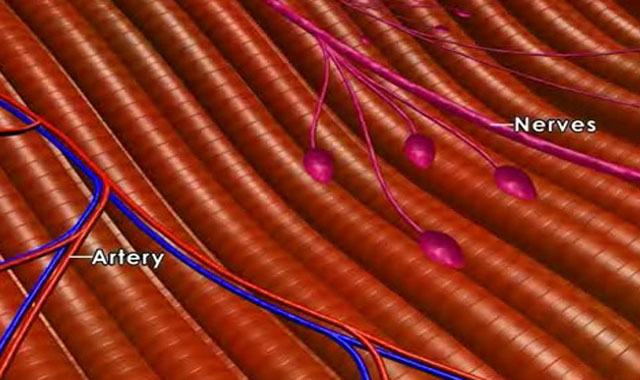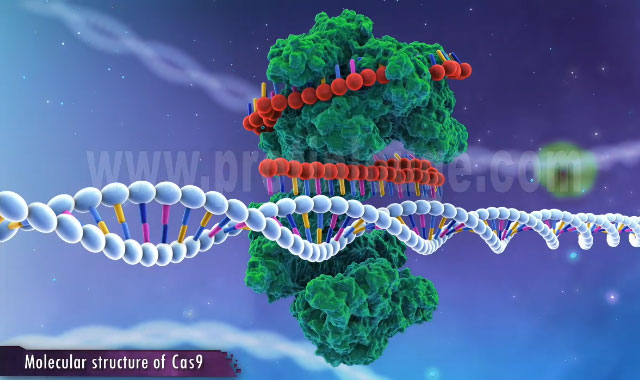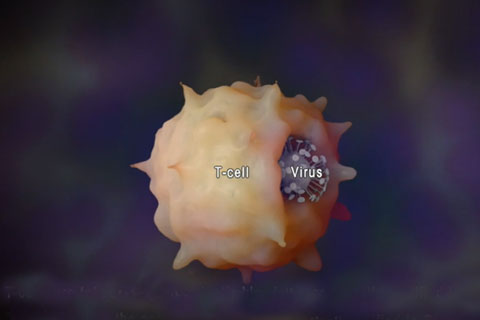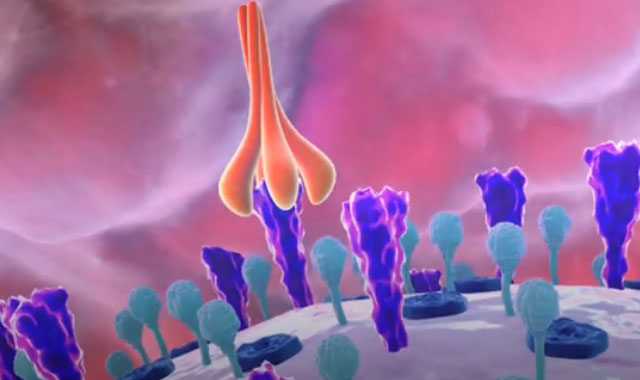Immune Response, Toll Like Receptors (TLR) Pathway
Description
TLRs are germline-encoded pattern recognition receptors that sense conserved molecular structures produced by microorganisms and play an essential role in host defence to microbial infection. Upon stimulation, TLRs activate intracellular signalling pathways that rapidly induce the expression of a variety of overlapping and unique genes involved in immune responses and inflammation. TLR acts as a bridge between Innate and Adaptive immunity by mediating DC maturation and activation of pathogen-specific T lymphocytes.
In their innate immune role, TLRs recognize pathogens and generates an immediate defense response by inducing the production of pro-inflammatory cytokines which destroy or limit invading pathogens. In TLR mediated adaptive immunity, TLR signaling pathways lead to the activation of APCs as well as enhanced expression of MHC and costimulatory molecules like CD40, CD89, CD86 and CD70, finally leading to activation and differentiation of naive T cells into Th1, Th2, Th3 and Th17 cells or Tregs, thereby facilitating cell mediated immune responses.
Browse Other Animations
 Mechanism of Botulinum Toxin
Mechanism of Botulinum Toxin
 CRISPR/Cas9...Revolution in Gene Editing
CRISPR/Cas9...Revolution in Gene Editing
 CAR T Cell Therapy
CAR T Cell Therapy
 Pathogenesis of SARS-CoV-2
Pathogenesis of SARS-CoV-2

